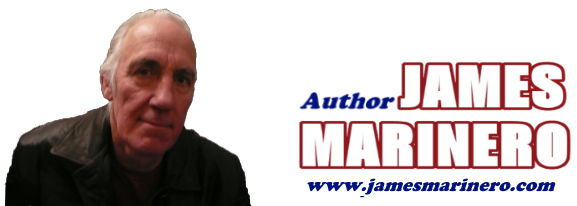Last night I watched Pulp Fiction, again, and it struck me that maybe as a novel writer I could learn from the director, Quentin Tarantino. I don’t know how many times I’ve seen the film, but every viewing brings something new out for me. In no way can the plot be described as intricate or deep, but the way the scenes are labelled and stitched together like a patchwork quilt is really interesting and engaging. Now I’m sure that there are other films which adopted this approach, with a fractured and re-circulating timeline, but they don’t come to mind right now.
Of course, a title scene which presages action later in the film is not unusual, but killing off one of the main characters in the middle, and then bringing him back into later scenes – even the final one – struck me as a tad unusual.
When I wrote the thriller ‘Gate of Tears’ I used flashbacks (well they were more like chapterbacks, really) to build up the characterisation, and there was a lot of interweaving, as the plot is ‘intricate’ (to quote one reviewer); but there were several timelines, each following a character. However, the overall flow of time was forward.
With Pulp Fiction, though, there were temporal disconnects, and whole (connected) plot scenes were not in a serial timeline. Did it spoil my enjoyment? No, certainly not – some viewers (and readers) like to have to work to figure out the puzzle of the plot, timeline or other details. Solving those little mysteries that the author / director sets for the reader / viewer is part of the pleasure for many consumers.
Now, film directors obviously have a great advantage – they can use two of our senses, sight and sound, whereas authors have to produce for one sense (let’s leave audio books to one side for now). But directors also have an obvious disadvantage – they have to tell the story in 100 minutes (in general). Not only that, the film consumer cannot refer back – excluding of course the rewind button on a DVD player (maybe that could influence the way in which directors edit for DVD versions)? I digress.
For a film to succeed, the viewer must enjoy it at first viewing. For books it may be different (and is there a distinction here to be explored here between fiction and non-fiction)? Books, however, can be consumed over an infinite amount of time (well, no more than one lifetime maximum, as far as I know). Replays and refer-backs are straightforward for the reader.
So, what can thriller authors learn? Would the patchwork quilt approach work? Obviously, killing off a main character in the middle might remove some of the interest, but then a reader will know that there’s a reason the author has structured it in that way. I’m sure that the quilt approach (with temporal disconnects) has been tried, though I don’t recall reading a book structured in that way.
Now of course, we have ereaders, and massive consumption of reading material, of variable quality – even ‘pulp fiction’ (aka penny dreadful) is making a comeback. As these devices evolve, we are surely going to see inclusion of sound, stills and even video in ebooks. I already include hyperlinks in my own ebooks, taking readers to maps and other background material.
Maybe writers will have to start seeing their stories from the perspective of screenplay writers and film directors?



